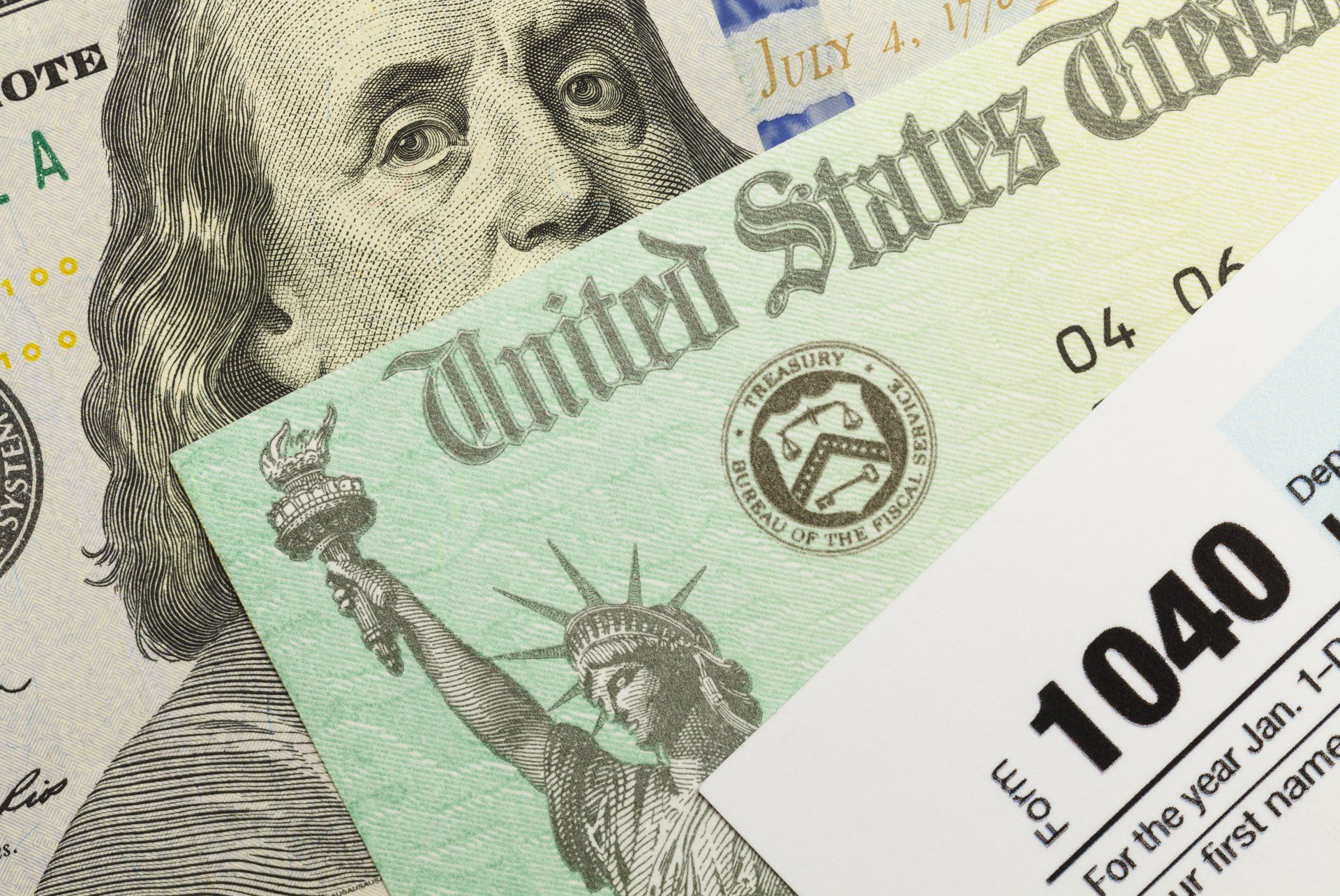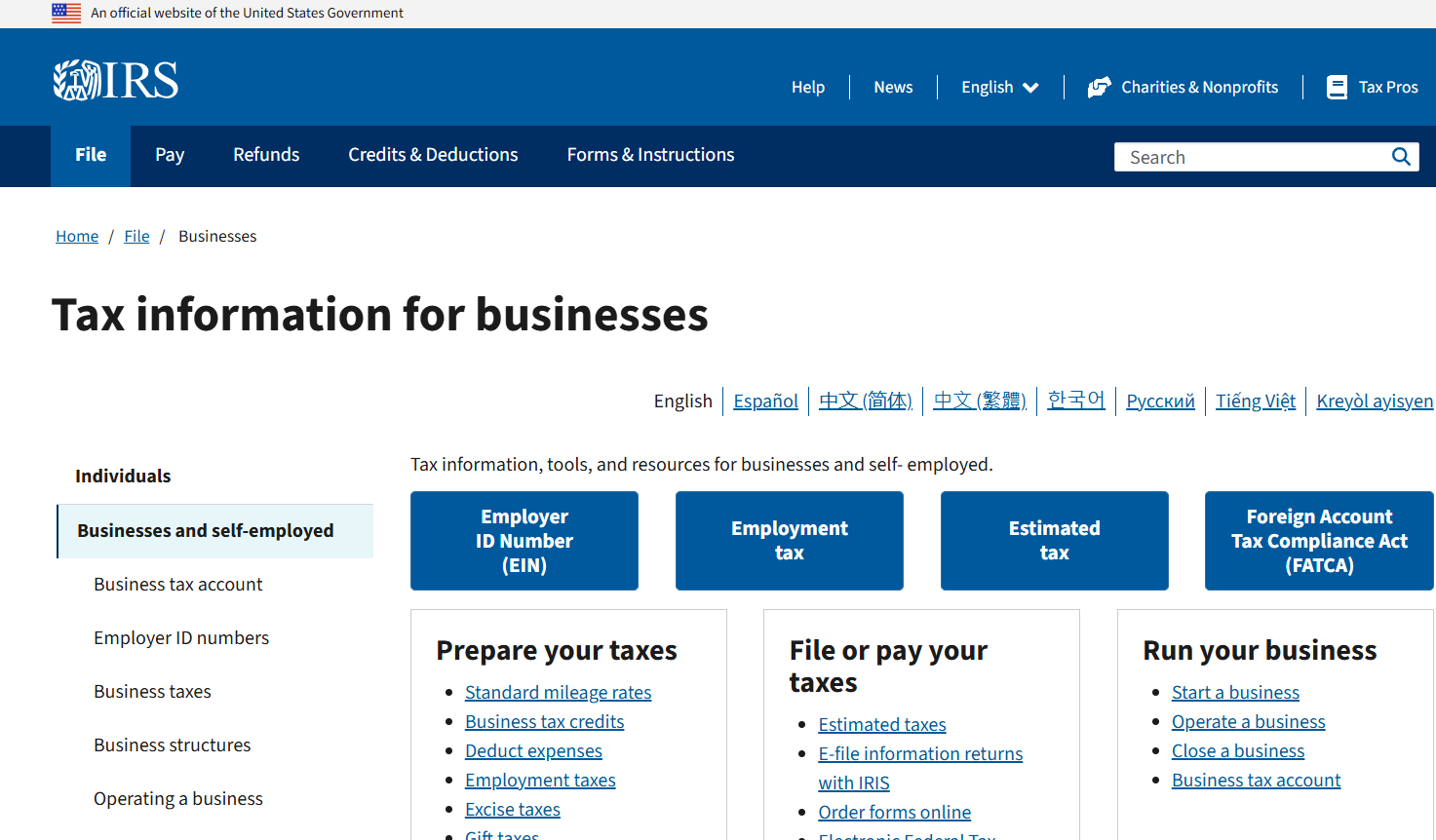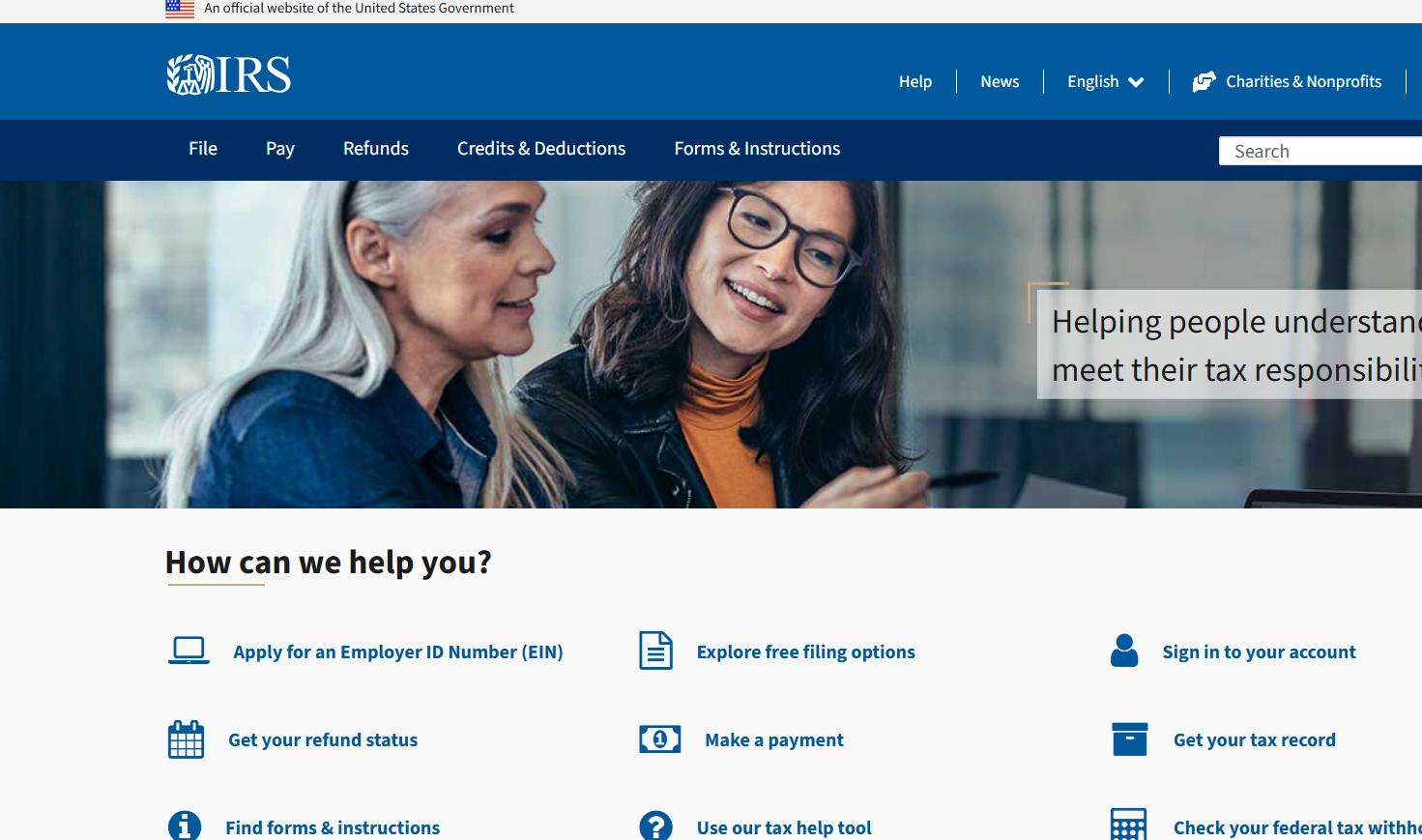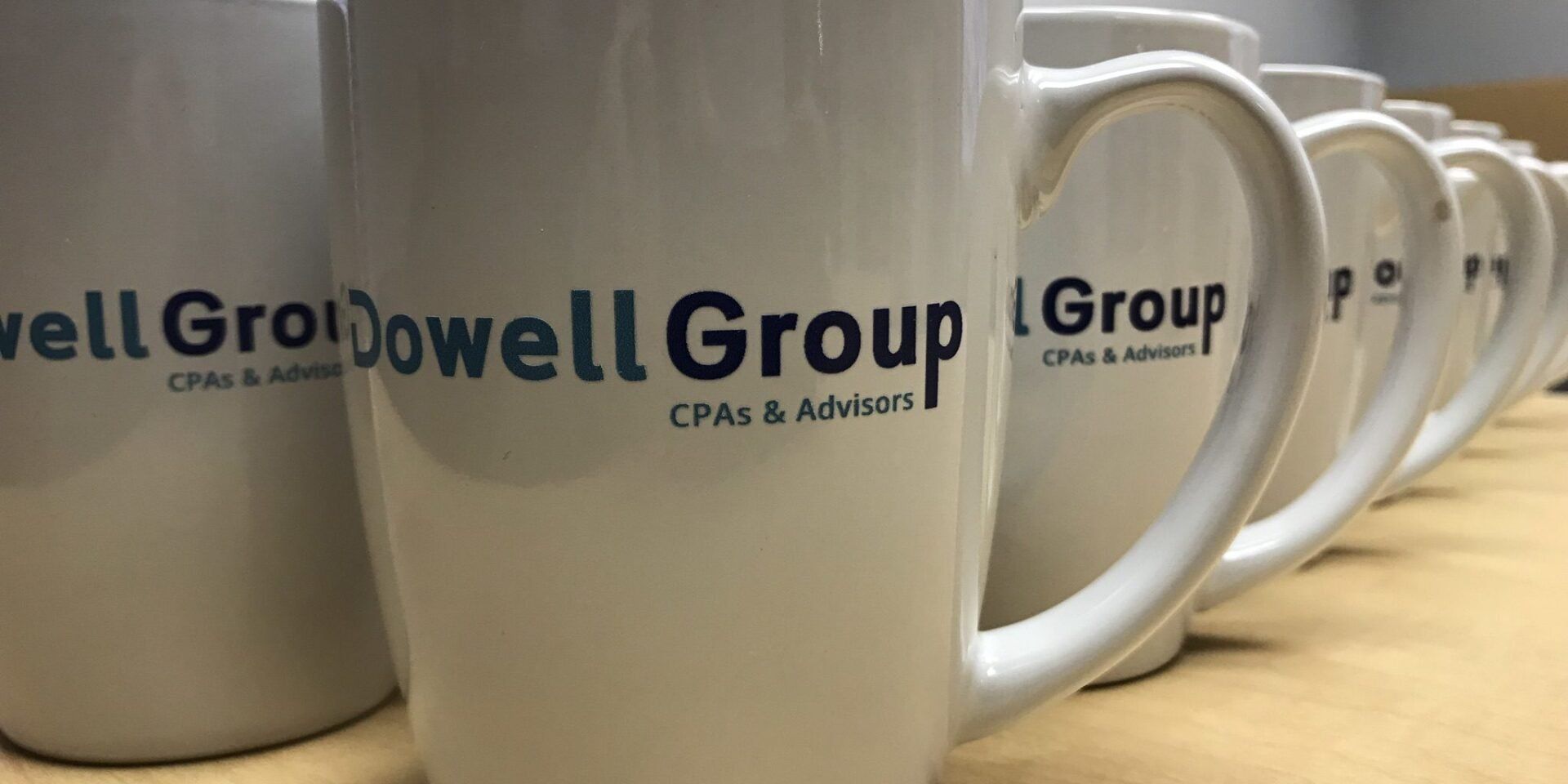By Greg Dowell
•
December 31, 2024
As you may be aware, you can't keep retirement funds in your account indefinitely. You generally have to start taking withdrawals from your IRA, SIMPLE IRA, SEP IRA, or 401(k) plan when you reach age 73. Roth IRAs do not require withdrawals until after the death of the owner. Your required minimum distribution (RMD) is the minimum amount you must withdraw from your account each year. You can withdraw more than the minimum required amount. Your withdrawals will be included in your taxable income except for any part that was taxed before (your basis) or that can be received tax-free (such as qualified distributions from designated Roth accounts). We typically instruct our clients to turn to their investment advisors to determine if they are required to take an RMD and to calculate the amount of the RMD for the year. Most investment advisors and plan custodians will provide those services free of charge, and will also send reminders to their clients each year to take the RMD before the deadlines. That said, it is still good to have a general understanding of the RMD rules. The RMD rules are complicated, so we have put together the following summary that we hope you will find helpful: When do I take my first RMD (the required beginning date)? For an IRA, you must take your first RMD by April 1 of the year following the year in which you turn 73, regardless of whether you're still employed. For a 401(k) plan, you must take your first RMD by April 1 of the year following the later of the year you turn 73, or the year you retire (if allowed by your plan). If you are a 5% owner, you must start RMDs by April 1 of the year following the year you turn 73. What is the deadline for taking subsequent RMDs after the first RMD? After the first RMD, you must take subsequent RMDs by December 31 of each year beginning with the calendar year containing your required beginning date. How do I calculate my RMD? The RMD for any year is the account balance as of the end of the immediately preceding calendar year divided by a distribution period from the IRS's "Uniform Lifetime Table." A separate table is used if the sole beneficiary is the owner's spouse who is ten or more years younger than the owner. How should I take my RMDs if I have multiple accounts? If you have more than one IRA, you must calculate the RMD for each IRA separately each year. However, you may aggregate your RMD amounts for all of your IRAs and withdraw the total from one IRA or a portion from each of your IRAs. You do not have to take a separate RMD from each IRA. If you have more than one 401(k) plan, you must calculate and satisfy your RMDs separately for each plan and withdraw that amount from that plan. May I withdraw more than the RMD? Yes, you can always withdraw more than the RMD, but you can't apply excess withdrawals toward future years' RMDs. May I take more than one withdrawal in a year to meet my RMD? You may withdraw your annual RMD in any number of distributions throughout the year, as long as you withdraw the total annual minimum amount by December 31 (or April 1 if it is for your first RMD). May I satisfy my RMD obligation by making qualified charitable distributions? You may satisfy your RMD obligation by having the trustee make qualified charitable distribution of up to $108,000 in 2025 ($105,000 in 2024) to a public charity (some public charities excepted). The amount of the qualified charitable distribution will not be included in your income. You may also make a one-time election to make qualified charitable distributions to certain charitable trusts or a charitable gift annuity. What happens if I don't take the RMD? If the distributions to you in any year are less than the RMD for that year, you are subject to an additional tax equal to 25% of the undistributed RMD (reduced to 10% if corrected during a specified time frame).










